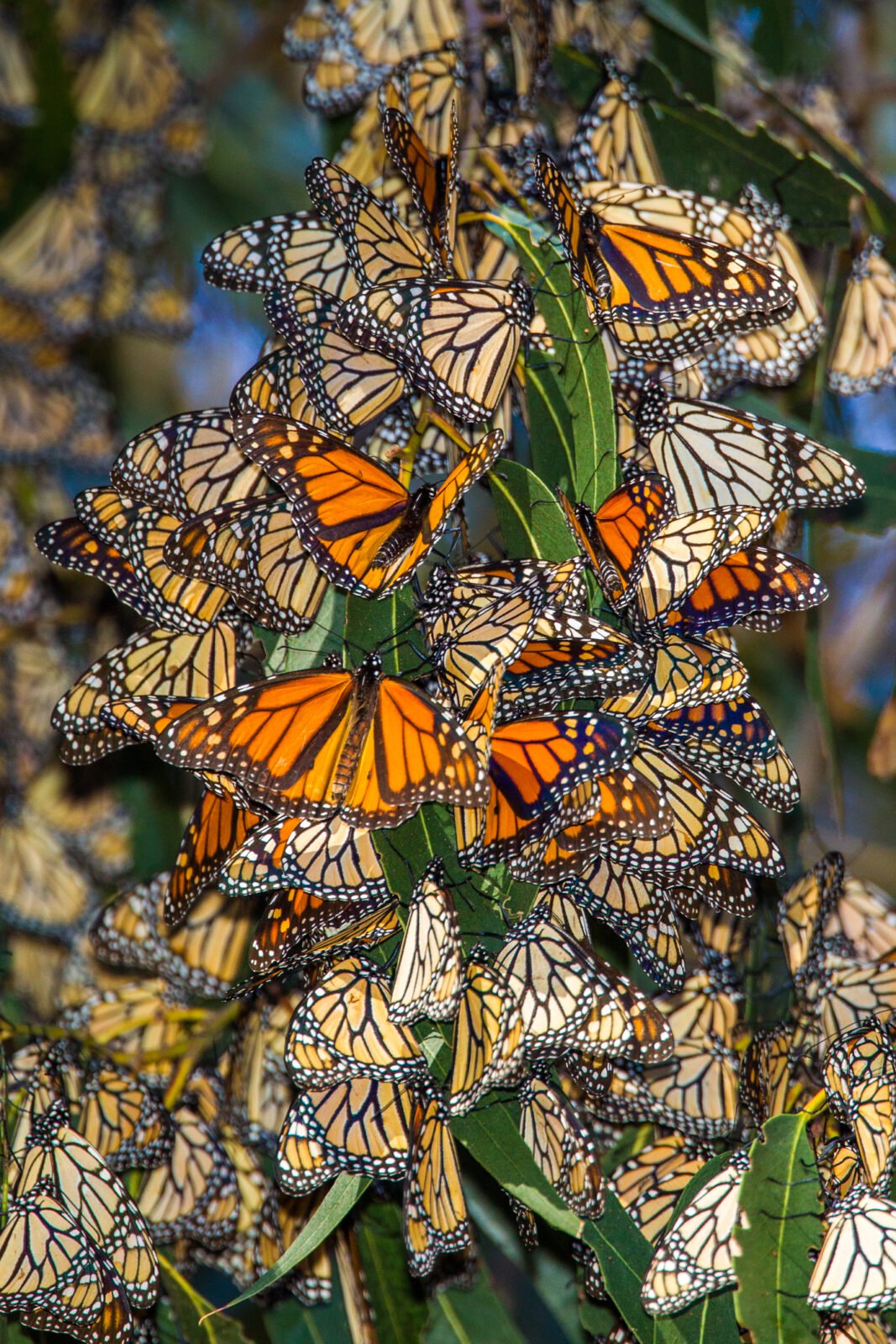
Native News Recap: 2022
Here’s a native news recap looking back at some of the biggest native plant news stories of the...
When choosing plants for your home or community it is worth keeping in mind the maxim, ‘First, Do No Harm’. By choosing native plants you do just that – avoid invasive species1 that displace natural plant communities thereby reducing biodiversity or those that offer little or no benefit to local ecosystems. Listed below are examples of native plants that are valuable alternatives to invasives and commonly sold exotic ornamental plants.



To create a screen or a green wall in your landscape, plant an evergreen tree like Northern White Cedar (Thuja occidentalis) or American Holly (Ilex opaca) or a fast-growing deciduous and dense tree, like those shown below. Using native trees as a screen will add seasonal interest, create shade, sequester carbon, help manage stormwater runoff and attract and support birds. For dry to moist areas a grouping of Sassafrass (Sassafrass albidum), Redbud (Cercis canadensis) or Flowering Dogwood (Cornus florida) can be very effective. There are many native shrubs that can be planted in full sun or shade, in dry or wet areas; layering them creates a screen and a safe habitat for birds. Many of them are flowering, some of them have outstanding fall color.



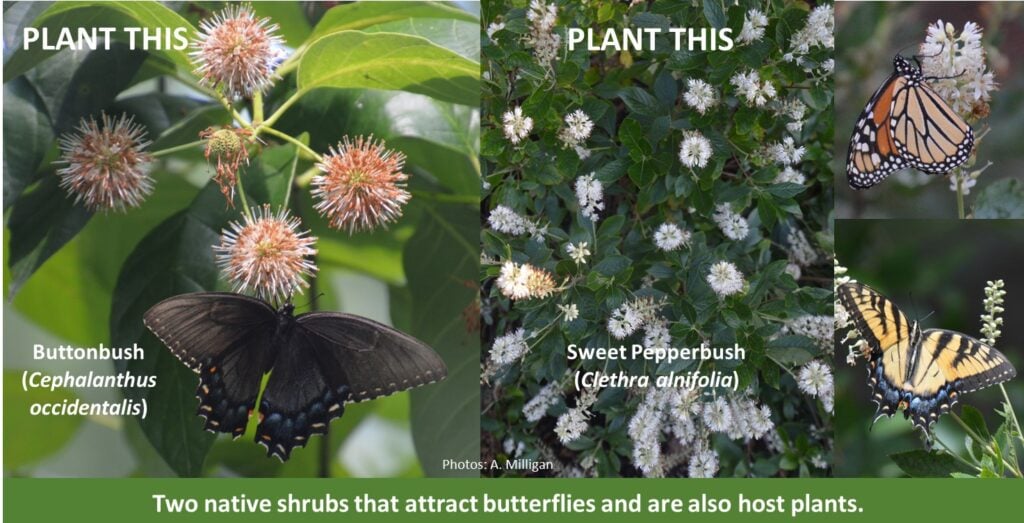



To attract and sustain butterfly species in your garden you must provide them with a ‘host plant’ that will support their entire lifecycle by providing them with food and flowers from early spring into fall. Butterfly Bush (Buddleia spp.) does not serve as a host plant to native butterflies but rather is an aggressive plant with seeds that spread by wind dispersal; the National Fish and Wildlife Service (NFWS) specifically recommends against planting Butterfly Bush. 2 Resist the urge to plant Butterfly Bush and instead choose any combination of the following native plants: Host Plants for Moist-Wet Sites: Buttonbush and Sweet Pepperbush are host plants that attract butterflies and thrive in perpetually moist-wet landscapes. Buttonbush tolerates flooding, it can grow in shade but needs sun to bloom. Sweet Pepperbush is an excellent erosion-control plant with fragrant blooms – even in the shade. Many trees are host plants. Paw-Paw is a small tree that allows the Zebra Swallowtail to persist in a landscape. Offer a selection of native perennials to attract and sustain a butterfly population and other pollinators. For sun to part-sun, dry-avg areas: For sun to part-sun, moist-wet areas:



Fall is a magical time in the Mid-Atlantic states, a time when a landscape can come alive with color – especially if you choose the right native plants. Other full-sun to part-shade native options for excellent fall color:


Migrating and over-wintering birds look for nutritious berries in a landscape. In late winter they relish Red and Black Chokeberries (Aronia spp.), the berries are tart but also high in antioxidants (edible to humans). Winterberry and Beautyberry look lovely in a landscape and create important bird habitat. Native trees to beautify your landscape also benefit the watershed, improving air and water quality – most of them can fit the size and aesthetic of a conventional residential landscape. Imagine replacing invasive species with a diversity of native species – and then do it. Stay informed, ‘pull’ rather than ‘plant’ invasives and resist the urge to buy ornamental exotic plants that provide no ecological value to the Mid-Atlantic states. Check out the extensive list of beneficial natives that Direct Native Plants offers – there is something for every site and everyone! Looking for the plants recommended here? Check out the comprehensive list below!
Trees
|
Shrubs
|
Perennials
|
1 https://mda.maryland.gov/plants-pests/Documents/Invasive-Plant-List-March-2020.pdf 2 https://www.invasive.org/alien/pubs/midatlantic/midatlantic.pdf

Alison Milligan Maryland Mstr. Gardener/Mstr. Naturalist/Mstr. Watershed Steward Chesapeake Bay Landscape Professional (CBLP) Replant Anne Arundel Tree Trooper

Here’s a native news recap looking back at some of the biggest native plant news stories of the...
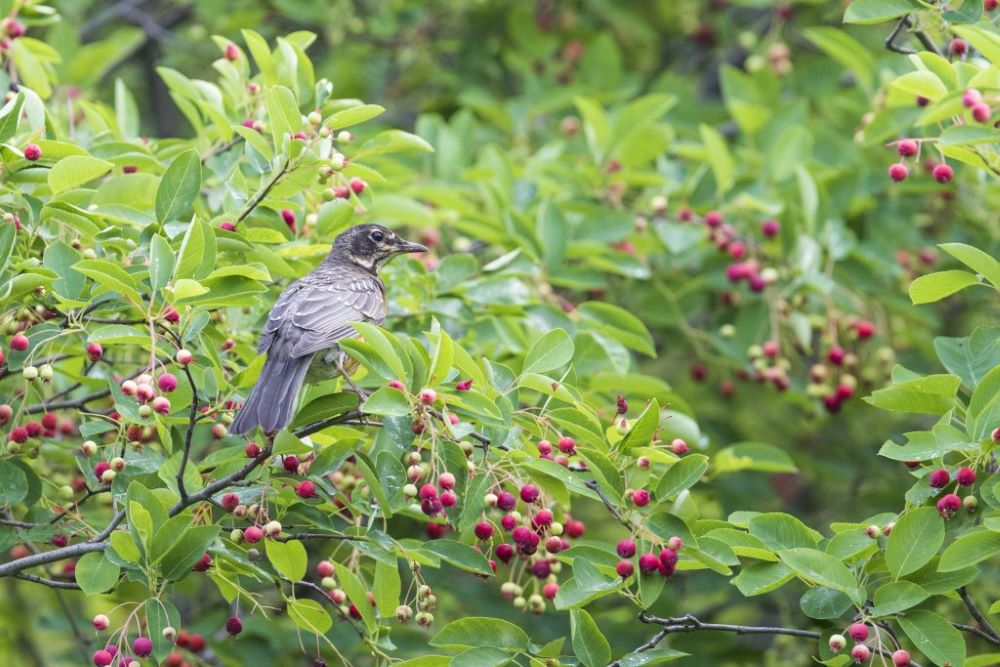
In the past we have emphasized the importance of keystone species in supporting bird populations,...
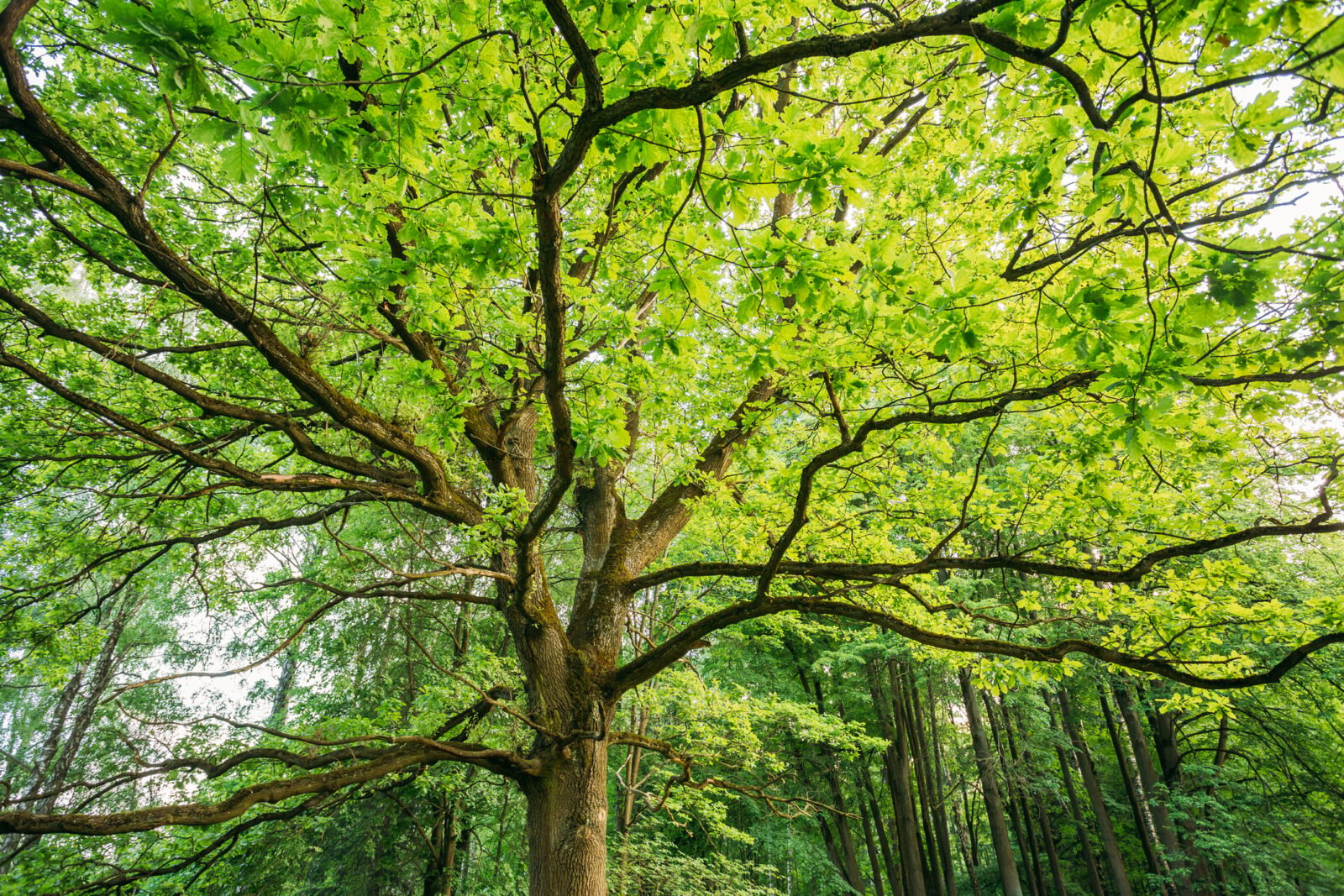
Perennials are the stars of most gardens, and no wonder! They provide a variety of shapes and col...
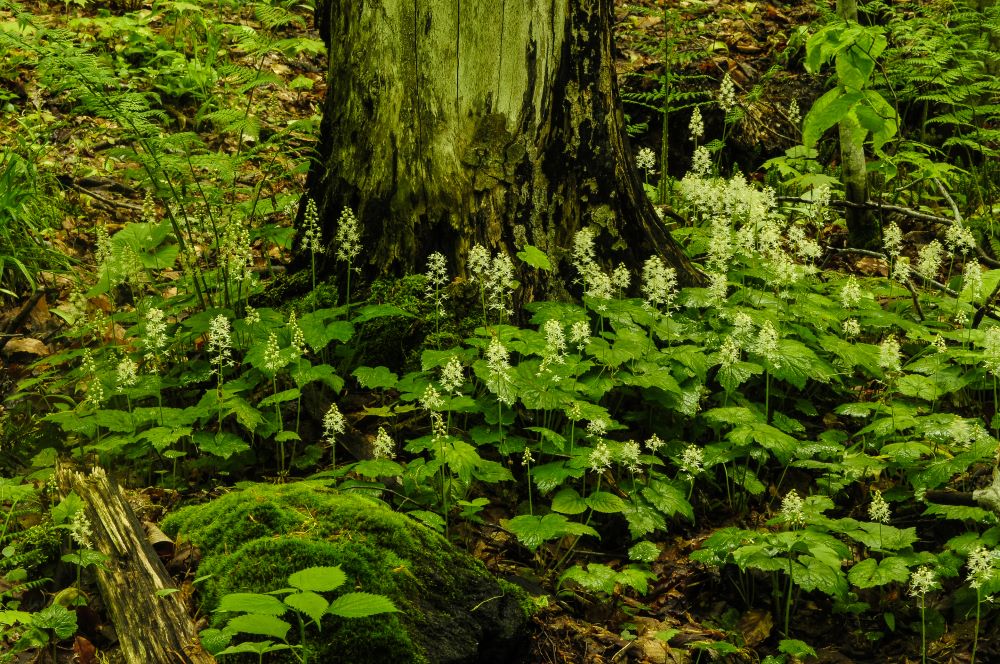
These native ground covers for shade make a perfect living mulch by holding in moisture, keeping ...
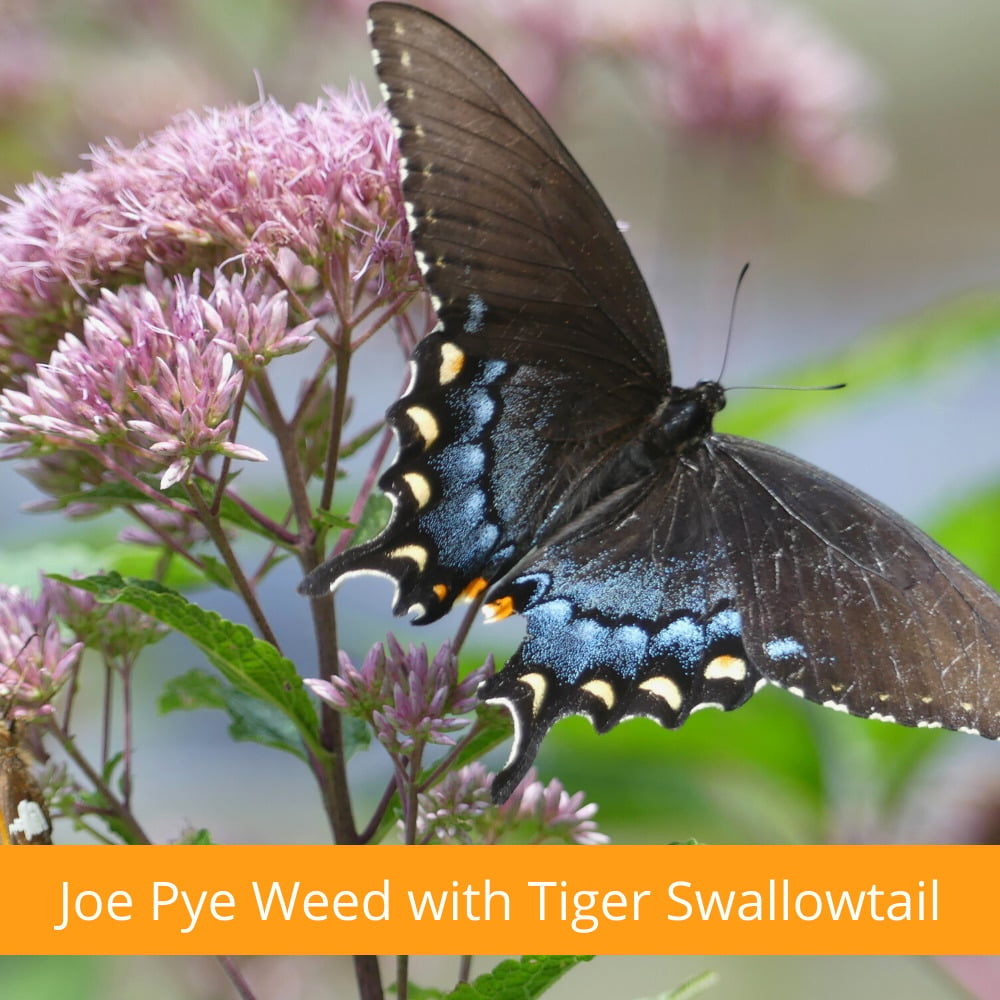
Gardening is ‘In’! Over the past two years gardening has suddenly become very popular with pe...
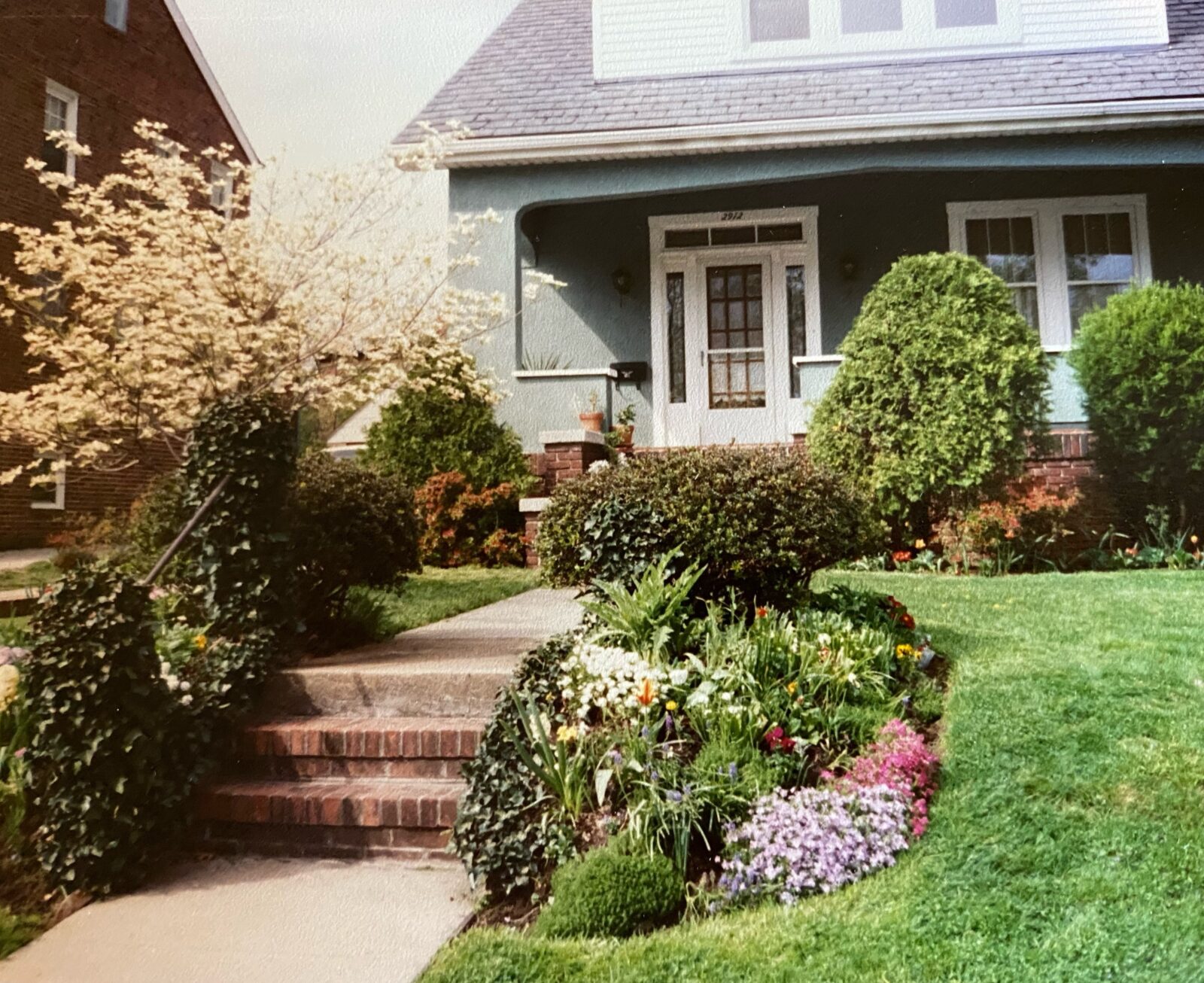
Mothers give us so much, but sometimes it takes a while for us to appreciate the gifts that we ca...
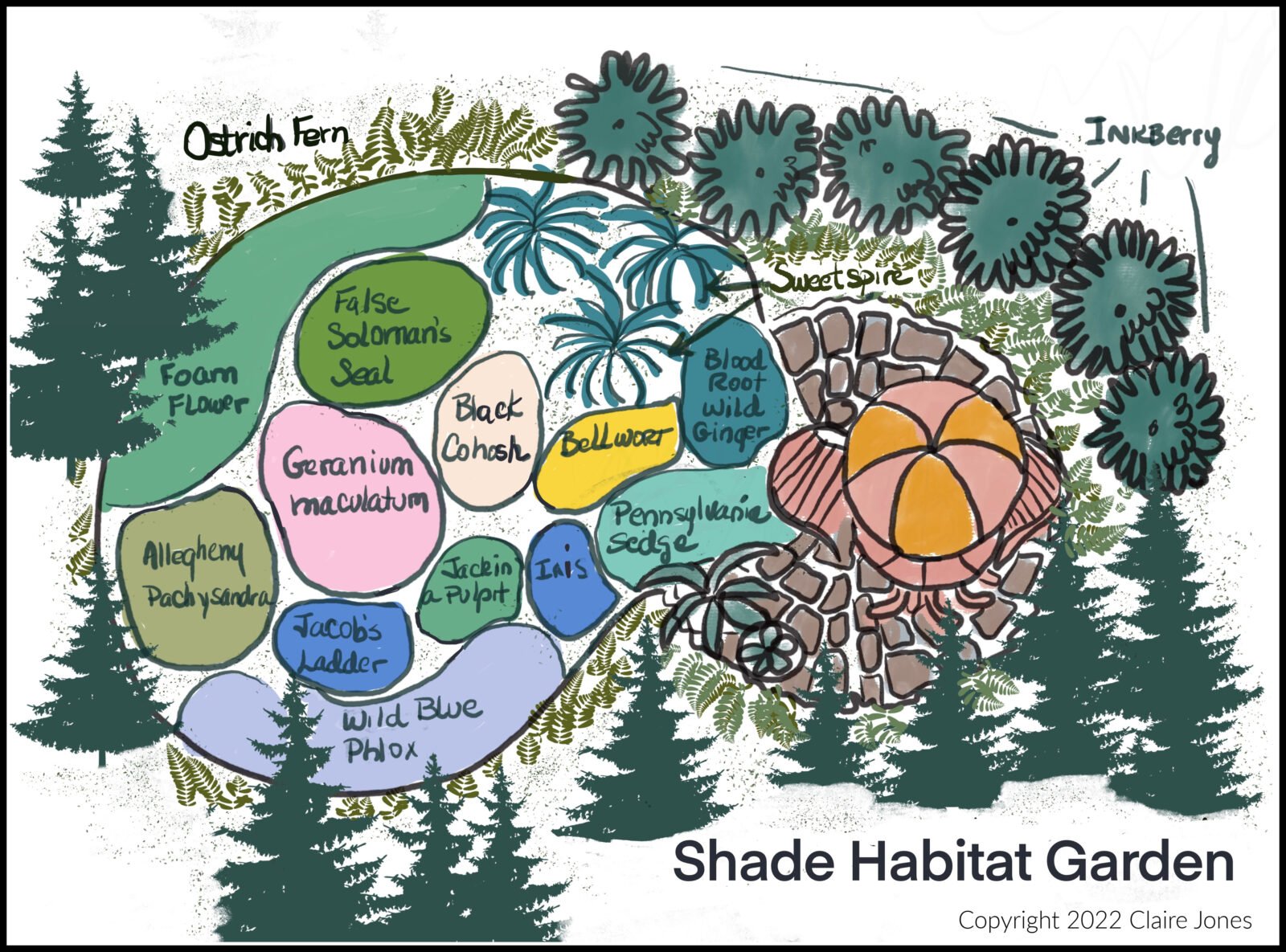
This is the second part of my Habitat Heroes Design series. The first part was a sunny garden of ...
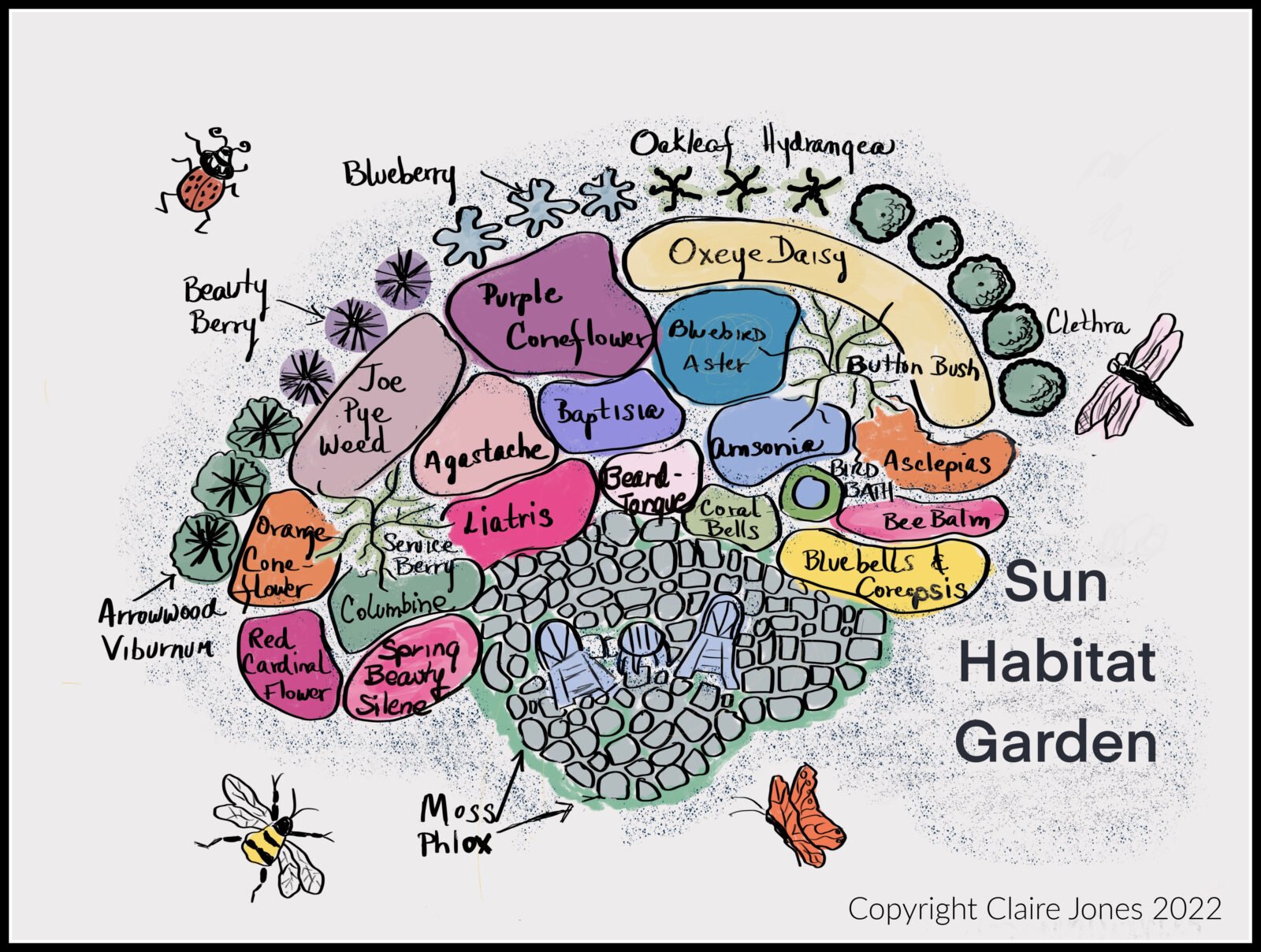
This blog post will cover how to design and install a Sunny “Habitat Hero Garden” with native...
Now Shipping for Spring 2024!